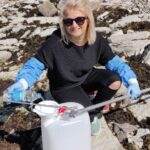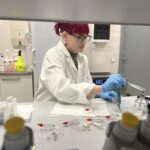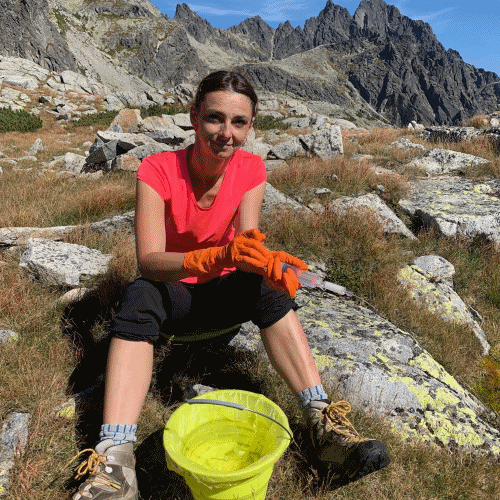
Contact
If you have any questions about the project, don’t hesitate to contact us!

Kristel Panksep
Kristel Panksep is a researcher in aquatic ecology, primarily focusing on eDNA-based methods in biodiversity studies. Kristel leads and coordinates this global fungal biodiversity project. FunAqua aims to understand diversity patterns by illustrating how aquatic fungi’s taxonomic and phylogenetic diversity are distributed globally. This helps in understanding the ecological roles of aquatic fungi and their interactions with other organisms. By identifying the drivers of aquatic fungal diversity, FunAqua provides valuable insights for the conservation and management of fungal biodiversity, which is crucial for maintaining ecosystem health and resilience.
Her research interests also include the role of toxic blue-green algae in aquatic food chains, the impact of natural and anthropogenic pressures on aquatic environments, and the development of eDNA-based methods for monitoring different groups of organisms. She also contributed to the development of wastewater based SARS-CoV-2 monitoring during COVID-19 pandemic.
Kristel is affiliated with the University of Tartu and the Estonian University of Life Sciences as a researcher in molecular ecology, and with the Department of Aquatic Resources at the Swedish University of Agricultural Sciences (SLU) as a postdoc.
BlueSky: @kristelpanksep.bsky.social

Victoria Prins
Victoria Prins is a junior researcher and PhD student at the Institute of Technology, University of Tartu. Her PhD research focuses on the diversity of aquatic fungi and the factors shaping it. Victoria has been involved with the FunAqua project since 2020. Her contributions to the project include molecular analyses of sediment and water samples, as well as biodiversity analyses conducted on sequencing data.
As part of her PhD research, she aims to describe aquatic fungal communities across the globe based on the data produced through the FunAqua project. This includes identifying key drivers of aquatic fungal community structure and diversity, such as geographical factors and water quality indicators. These findings will help bridge knowledge gaps about this under-researched fungal group.
BlueSky: @vprins.bsky.social



